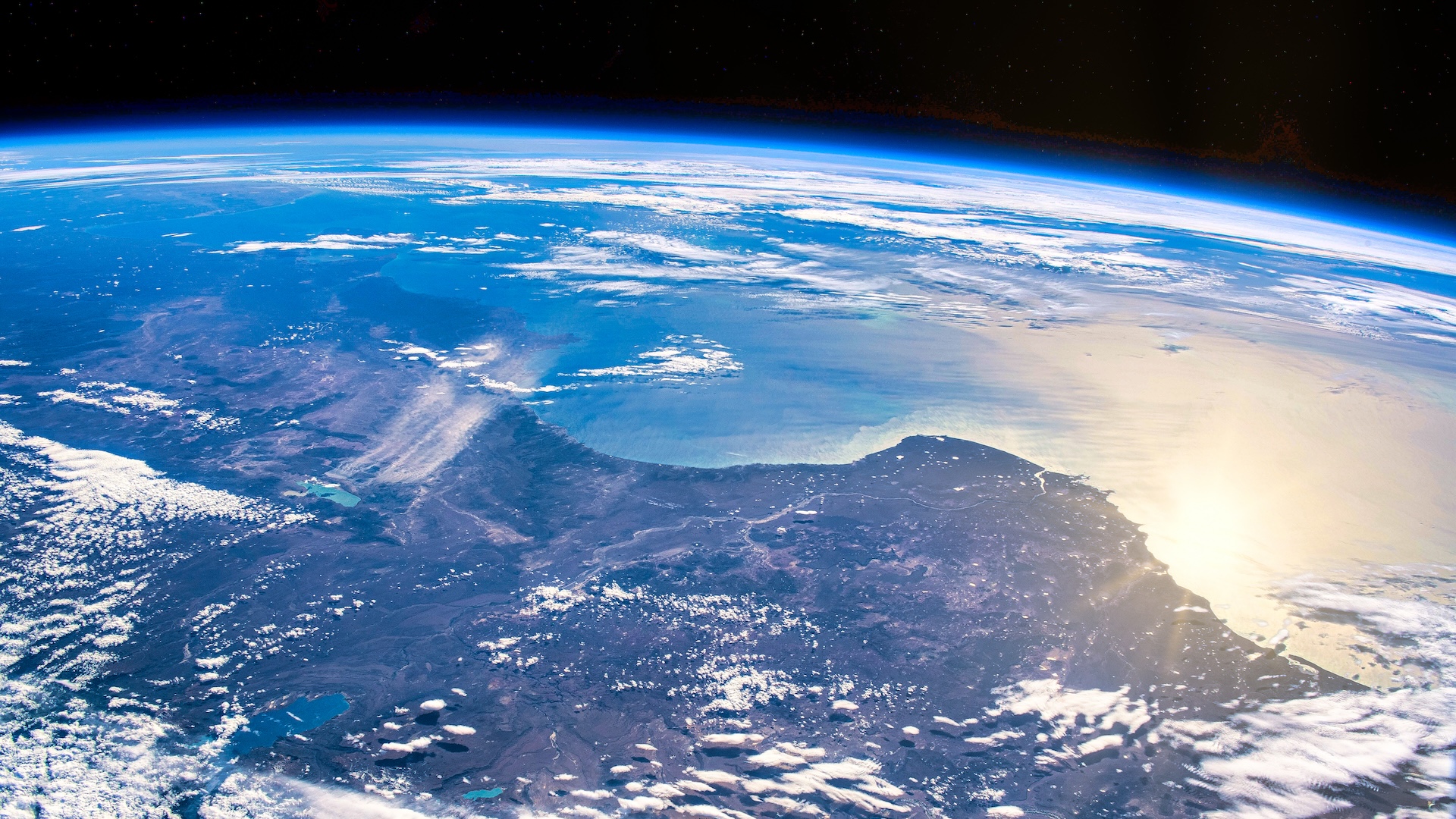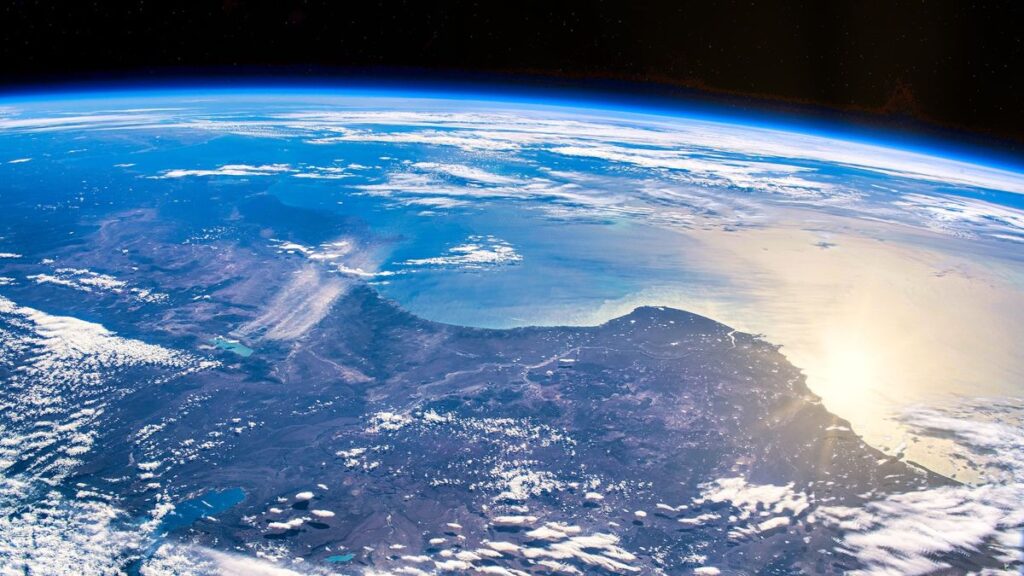
Earth’s crust today has a surprisingly similar composition to the planet’s first outer shell, or “protocrust,” new research finds.
This early rocky shell featured chemical signatures previously thought to occur only in continental crusts made by the process of subduction, in which one tectonic plate slides under another.
But plate tectonics isn’t actually required to produce these signatures, according to the new study published April 2 in the journal Nature.
These findings are important for the debate over when our planet’s plate tectonics began. No one knows exactly when or why the Earth’s surface broke into pancake-like slabs that grind and crash against one another, forming mountains and volcanoes and triggering earthquakes.
Related: Earth’s crust is peeling away under California
Historically, the fact that chemical signatures seen in modern plate tectonic processes occurred in protocrust from Earth’s first billion years, during the Hadean eon, had been used as evidence to support the theory that plate tectonics started nearly as soon as Earth had solid ground — roughly 4 billion years ago.
“That’s probably a flawed argument now,” study lead author Craig O’Neill, a geophysicist at Queensland University of Technology in Australia, told Live Science.
“Yes, that signature forms today [through plate tectonics],” O’Neill said. “But the assumption that the Earth has always behaved as it does now, all through time, so you can extrapolate that back — that’s obviously a bit fraught.”
The precise signatures under debate are trace elements, such as titanium and niobium, which combine in the crystal structure of rocks as they solidify from hot magma. However, the behavior of these elements depends heavily on the conditions around them.
What O’Neill and his colleagues realized was that the chemistry of the molten, early Earth was quite different from today’s.
As the Earth solidified from molten rock, the iron-rich portions of that magma sank and concentrated, becoming today’s metallic core. This means that the mantle became less rich in iron over time. As such, magma from the mantle found in modern subduction zones, such as the Pacific “Ring of Fire,” might not act like the magma found on the early Earth.
The researchers modeled the behavior of these trace elements under the conditions of the first few hundred millions of years of Earth, a time when the crust, core and mantle were still differentiating and the developing mantle was still iron-rich.
O’Neill explained that the pattern they found looked “remarkably like the subduction zone signature,” which means the chemical signatures can’t be used as evidence that subduction was happening on early Earth. They can also result directly from the initial transition from a planet with a liquid surface to one with a solid surface.
“Some of the evidence people have been using to argue for early plate tectonics is probably not showing you plate tectonics at all,” he said. “It’s probably showing you older crust.”
That doesn’t mean plate tectonics wasn’t happening at that time, at least on occasion, O’Neill added. There was plenty of debris zipping around the young solar system and Earth was frequently bombarded with impacts, some of which would have been big enough to crack the protocrust and start localized periods of subduction.
But the whole planet probably transitioned to the plate tectonic system later, between 3.2 billion and 2.7 billion years ago. There’s far more evidence of rocks getting recycled and pushed around during that time period, O’Neill argues. “The interesting debate from here on will be what is the interaction between these two signatures through time,” he said. “When does the actual, modern signature become important, and is there a clever way to tell the two apart?”
What’s inside Earth quiz: Test your knowledge of our planet’s hidden layers
